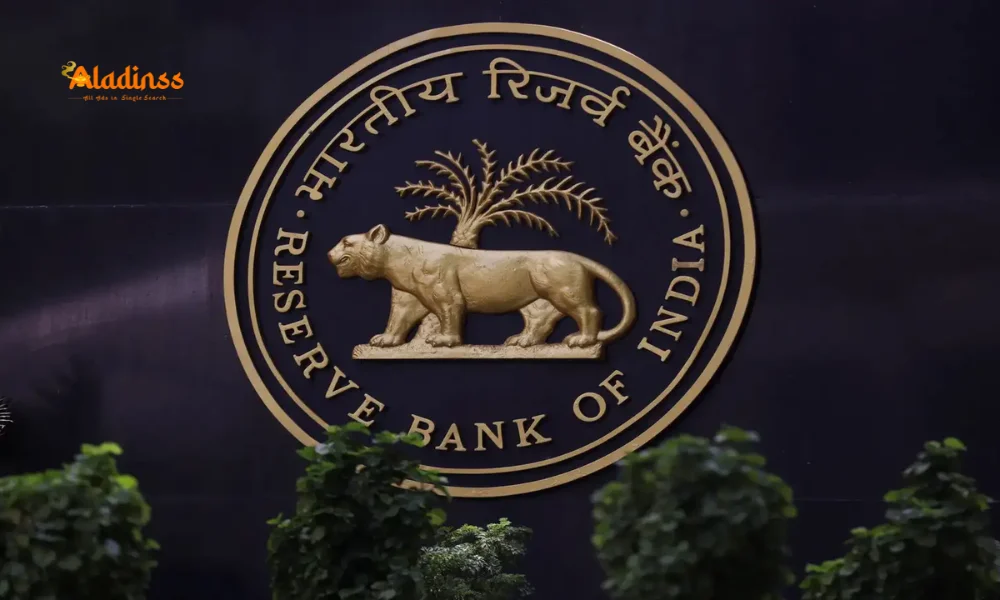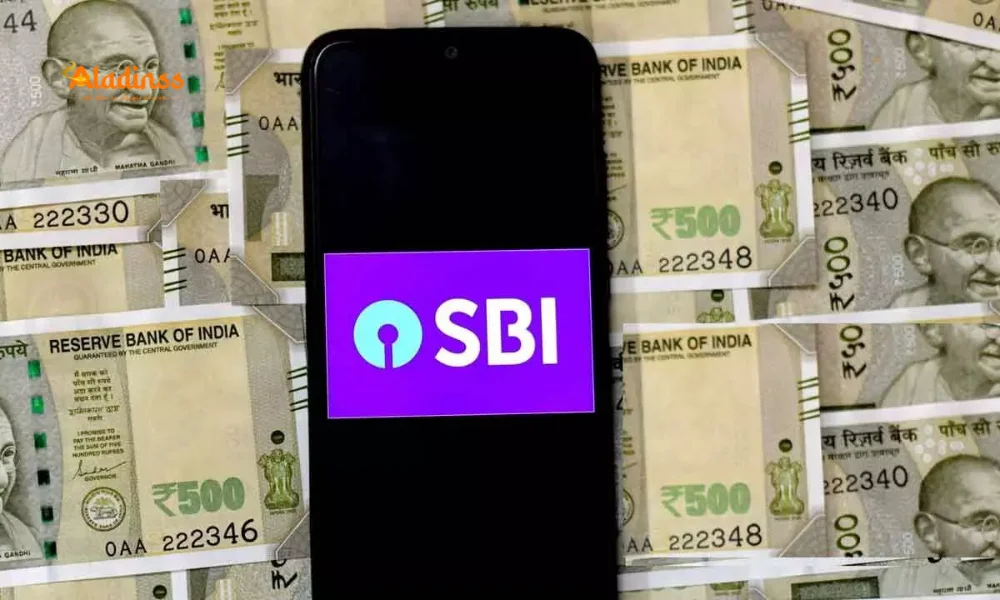PPF Scheme: Rs12,500/Mo for Rs40Lakh in 15Yrs

PPF Scheme 2025: Invest Rs 12,500 Monthly to Build Rs 40 Lakh Corpus
In the realm of secure investments, the PPF scheme stands out as a beacon for risk-averse savers seeking steady growth. With its government guarantee and tax-free status, this post office savings plan offers a reliable path to wealth accumulation. Depositing Rs 12,500 each month into a PPF account can yield a substantial Rs 40.68 lakh after 15 years at the prevailing 7.1% interest rate, blending safety with impressive returns for long-term financial goals like retirement or education funding.
The allure of PPF interest rate benefits lies in its compounding magic, where annual credits build exponentially over time. Unlike volatile stocks, this scheme ensures predictable outcomes, making it ideal for salaried individuals and homemakers alike. As economic uncertainties linger, understanding PPF eligibility and features empowers better decision-making for your portfolio.
Embracing disciplined savings through PPF monthly deposit strategies not only secures your future but also maximizes tax savings under Section 80C. Let's delve deeper into why this timeless option continues to thrive in 2025.

Unlocking the Power of Compounding in PPF Investments
At the heart of the PPF scheme's appeal is its compounding interest mechanism, credited annually on the lowest balance maintained between the 5th and last day of each month. This ensures even modest contributions like the minimum Rs 500 grow substantially over the 15-year lock-in. For instance, maxing out at Rs 1.5 lakh yearly translates to Rs 22.5 lakh principal, ballooning to Rs 40.68 lakh with Rs 18.18 lakh in interest— a testament to patient investing.
Investors often overlook how PPF extension options post-maturity allow continued growth, with choices to extend in blocks of 5 years while retaining tax perks. This flexibility suits evolving needs, whether extending for another decade or opting for partial withdrawals to fund milestones. In 2025, with inflation hovering, such assured ppf maturity amount projections provide peace of mind amid market swings.
Beyond numbers, the scheme fosters financial discipline, encouraging regular inflows that align with budgeting habits. Families can open multiple accounts for minors, harnessing collective savings for future security.
Tax Advantages: Why PPF Remains a Fiscal Favorite
The triple tax exemption—on deposits, interest, and maturity—positions PPF as a cornerstone of tax planning under the Income Tax Act. Eligible deductions up to Rs 1.5 lakh annually via Section 80C make it indispensable for high earners aiming to optimize post-tax income. Unlike ELSS funds with lock-ins but equity risks, PPF delivers EEE (Exempt-Exempt-Exempt) status without market exposure.
For NRIs or those in the new tax regime, while deductions vary, the interest and maturity exemptions hold firm, preserving value. This ppf tax benefits structure appeals to conservative profiles, ensuring every rupee works harder toward goals like home down payments or legacy building.
- Deduct deposits from taxable income up to the annual cap.
- Interest accrues tax-free, enhancing effective yields.
- Maturity proceeds escape wealth tax, maximizing take-home.
Financial advisors in 2025 increasingly recommend blending PPF with diversified portfolios, leveraging its stability to balance higher-risk assets.
Getting Started: Eligibility and Account Opening Guide
Any Indian resident above 18 qualifies for a PPF account, with provisions for guardians opening on behalf of minors. One account per person (or family for minors) prevents overlaps, though up to 50,000 can be transferred from EPF. Head to your nearest post office or authorized bank like SBI for seamless onboarding, requiring PAN, Aadhaar, and photos.
Digital savvy? Opt for online activation via net banking post initial deposit. The process, often completed in a day, underscores accessibility. Once active, passbook tracking simplifies monitoring, with e-statements available for tech users.
Nomination facilities safeguard legacies, allowing seamless transfer to heirs without probate hassles—a vital feature for family planners.
Liquidity Features: Balancing Access and Discipline
Though locked for 15 years, PPF offers measured liquidity: loans from the third year at 1% interest above PPF rate, capped at 25% of balance or Rs 50,000. Withdrawals post-7th year (one per year, up to 50% of prior balance) provide buffers for emergencies without penalties.
Extensions without fresh deposits continue earning interest, ideal for retirees drawing minimally. These ppf withdrawal rules strike a balance, deterring impulse while accommodating life's curveballs.
In practice, many use loans for short-term needs, repaying to sustain growth—a smarter alternative to high-interest personal finance.
Comparing PPF with Other Safe Havens in 2025
Versus NSC at 7.7% but taxable interest, PPF's exemptions yield higher net returns. Sukanya Samriddhi at 8.2% suits girl child savings, yet PPF's universality wins for broader appeal. Fixed deposits lag with TDS and lower rates post-tax.
For aggressive investors, PPF complements equity via SIPs, diversifying risks. Its sovereign backing trumps corporate bonds' credit worries, cementing status as a 2025 staple.
- PPF vs FD: Tax-free vs taxable, with PPF edging on efficiency.
- PPF vs EPF: Similar rates, but PPF offers individual control.
- PPF vs Mutual Funds: Stability over potential highs.
Analysts project sustained appeal amid rate stability, advising early starts for maximal compounding.
Real-Life Success: Stories from PPF Investors
Consider Priya, a teacher who began with Rs 5,000 monthly in 2010; her corpus hit Rs 25 lakh by maturity, funding her daughter's abroad studies. Or Rajesh, extending post-15 years, now drawing Rs 1 lakh annually for travel—proof of PPF's enduring utility.
These narratives highlight how consistent ppf investment strategies transform modest inputs into life-altering sums, inspiring a new generation to prioritize such vehicles.
In volatile times, PPF's reliability shines, offering not just returns but resilience.
Tips for Maximizing Your PPF Potential
Automate deposits via ECS to avoid lapses, and review annually for adjustments. Pair with insurance for holistic planning, ensuring coverage alongside growth. Stay informed on rate revisions—quarterly announcements keep expectations aligned.
For couples, joint strategies amplify benefits, pooling under family limits. Tools like online calculators aid projections, demystifying growth paths.
Ultimately, PPF embodies prudent wealth building, rewarding foresight with financial freedom.
As 2025 unfolds, revisit your savings blueprint—could PPF be the missing piece? With its blend of safety, returns, and simplicity, it's primed to propel countless dreams forward.
Comment / Reply From
No comments yet. Be the first to comment!









